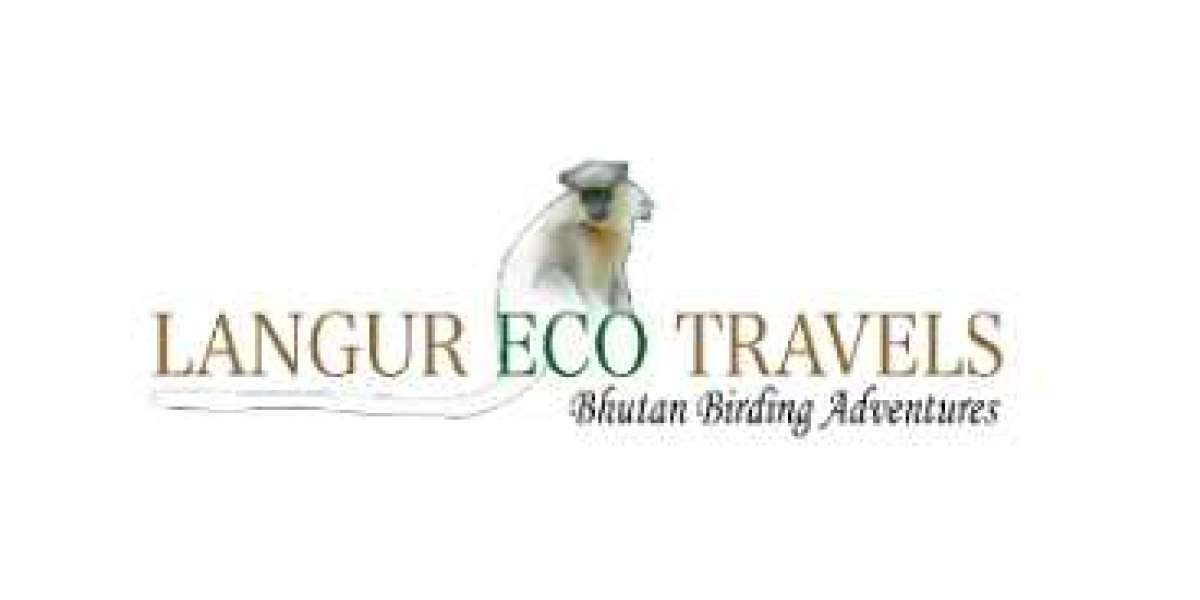The Bhutanese fashion market is a vibrant and unique industry that reflects the country's rich cultural heritage and traditional clothing. Bhutanese fashion is heavily influenced by its unique identity, which is deeply rooted in the country's Buddhist heritage, values, and natural surroundings. The traditional Bhutanese clothing, known as "Gho" for men and "Kira" for women, has a distinctive style that sets it apart from the fashion of other countries.
Here are some key aspects of the Bhutanese fashion market:
Traditional Clothing:
Gho: The Gho is the traditional attire worn by Bhutanese men. It is a knee-length robe that is tied at the waist with a belt called "Kera." The Gho is usually made of woven fabric with vibrant patterns and colors.
Kira: The Kira is the traditional dress for Bhutanese women. It is an ankle-length dress made of silk or cotton, adorned with intricate patterns and designs. The Kira is worn with a "Tego" (jacket) and a "Wonju" (inner layer).
Handwoven Fabrics:
Bhutanese fashion often features handwoven fabrics, which are produced using traditional weaving techniques. The fabrics come in various patterns and designs, and they play a significant role in distinguishing regional identities and social status.
Influence of Textiles on Bhutanese Identity:
Textiles and traditional clothing hold immense cultural significance in Bhutan. They are often associated with specific occasions, festivals, and ceremonies. The traditional attire plays a crucial role in maintaining Bhutan's distinct cultural identity.
Fusion of Traditional and Contemporary:
In recent years, there has been a growing trend of blending traditional Bhutanese clothing with modern fashion elements. Designers are incorporating traditional fabrics and motifs into contemporary outfits, appealing to both Bhutanese locals and international audiences.
Emerging Fashion Designers:
Bhutan is witnessing the emergence of talented fashion designers who are creating unique designs that reflect the country's heritage while catering to modern tastes. These designers often showcase their creations in local fashion shows and international events.
Tourism and Souvenir Market:
The popularity of Bhutan as a tourist destination has led to an increased demand for traditional clothing and textiles as souvenirs. Tourists often purchase Bhutanese fashion items as mementos of their visit.
Promoting Sustainable Fashion:
Bhutan emphasizes sustainable and eco-friendly fashion practices. Traditional weaving techniques and the use of natural dyes contribute to the country's commitment to preserving its environment and cultural heritage.
Government Support:
The Bhutanese government promotes and preserves its traditional culture, including fashion, as part of its unique identity. This support helps to sustain the traditional fashion market and empower local artisans and weavers.
The Bhutanese fashion market continues to evolve, striking a balance between preserving its unique heritage and embracing modern influences. Visitors to Bhutan have the opportunity to explore and appreciate the intricate artistry and cultural significance of Bhutanese fashion while supporting local artisans and designers.
also see:
International Flight Tickets | International Ticket Booking - Medhey
Medhey - Best Digital Marketplace in Bhutan
Why to Choose Medhey for Travelling to Bhutan – The Happiest Country of the World?
Which is a better e-commerce solution: build an app or choose a listing e-service app?
Simplicity and the Bhutanese Community: The Medhey Logo | Online Shopping in Bhutan
Toyota in Bhutan: Driving Excellence and Reliability








